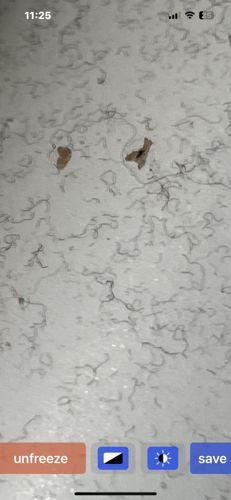Drain Fly (also known as Filter Fly, Sewer Gnat, or Moth Fly)
Scientific Name: Psychoda ssp. (or other genera within Psychodidae)
Order & Family: Order: Diptera, Family: Psychodidae
Size: Adults: 2-5 mm in length

Natural Habitat
Drain flies primarily inhabit damp, decomposing organic environments. Common locations include household drains (sinks, showers, bathtubs), sewer pipes, septic tanks, compost piles, poorly maintained gutters, and any other areas with standing water and decaying organic material.
Diet & Feeding
Larvae feed on decaying organic matter, fungi, algae, and microorganisms found in damp environments, particularly within the gelatinous biological film (biofilm) that accumulates in drains and pipes. Adult drain flies do not typically feed.
Behavior Patterns
Larvae develop in humid environments, often in drains or decaying organic matter. Adults are short-lived and do not feed. They are active at night and may be attracted to lights. Their flight is weak and erratic.
Risks & Benefits
Potential Risks: Drain flies are generally considered nuisance pests. They do not bite or transmit diseases. However, very large infestations can be indicative of poor sanitation or plumbing issues. They can be a problem in food processing facilities or hospitals if present in large numbers, due to the potential for mechanical transmission of bacteria from their breeding sites to surfaces. Potential Benefits: In natural ecosystems, their larvae play a role in breaking down decaying organic matter.
Identified on: 8/31/2025